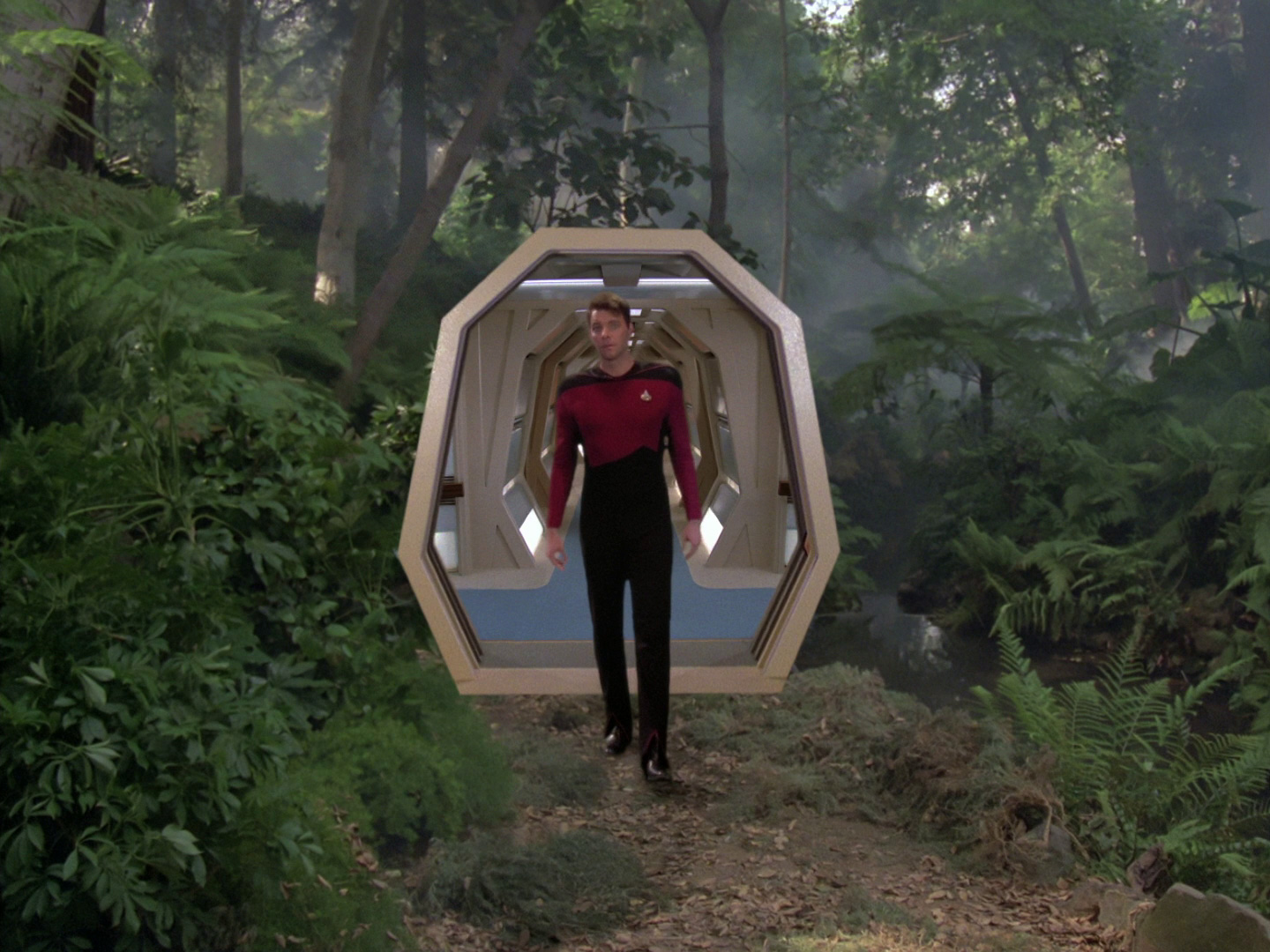This headset doesn't do any of that obviously. This headset is basically at 3DS level AR.
Nah the headset is all you need so it needs to gesture track and eye track and take in input from your actions and process them and all of that stuff.
There's an insane amount of clever software and nifty sensors that MS had to code and build to get even the stage demo working.
AR cards are not even remotely the same thing. This thing has Kinect 3.0 kind of sensors in it to be able to do what it does.









